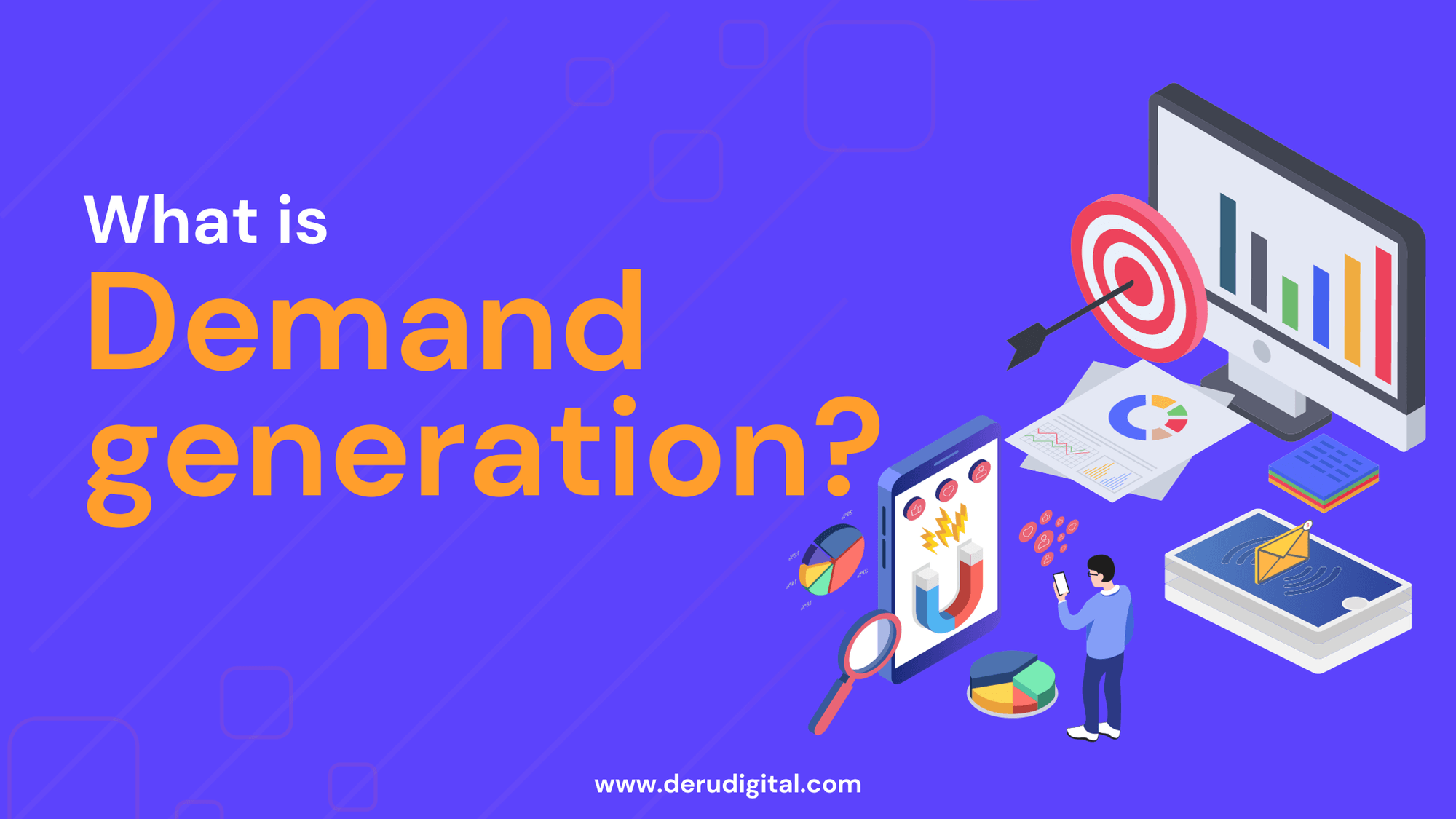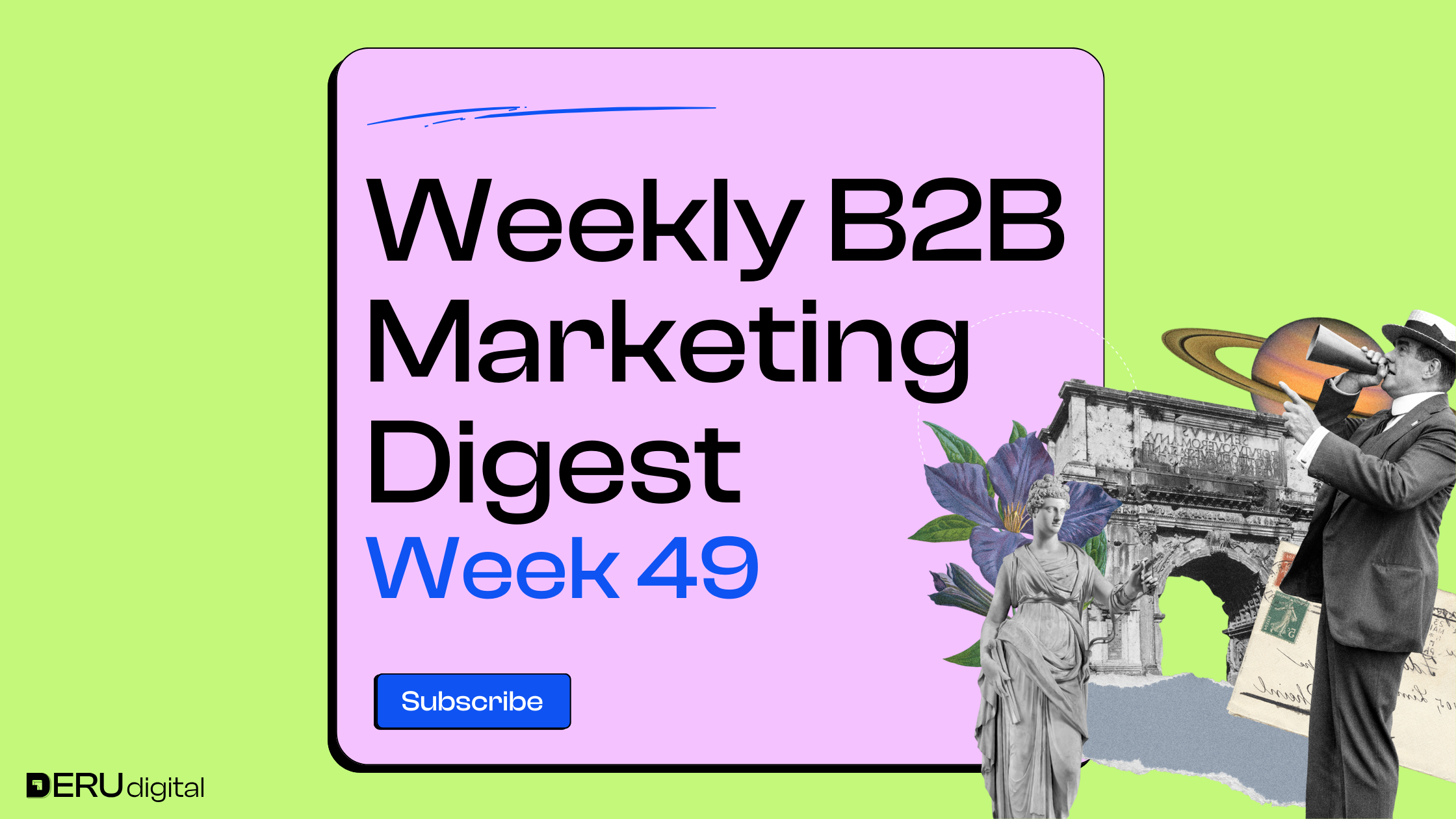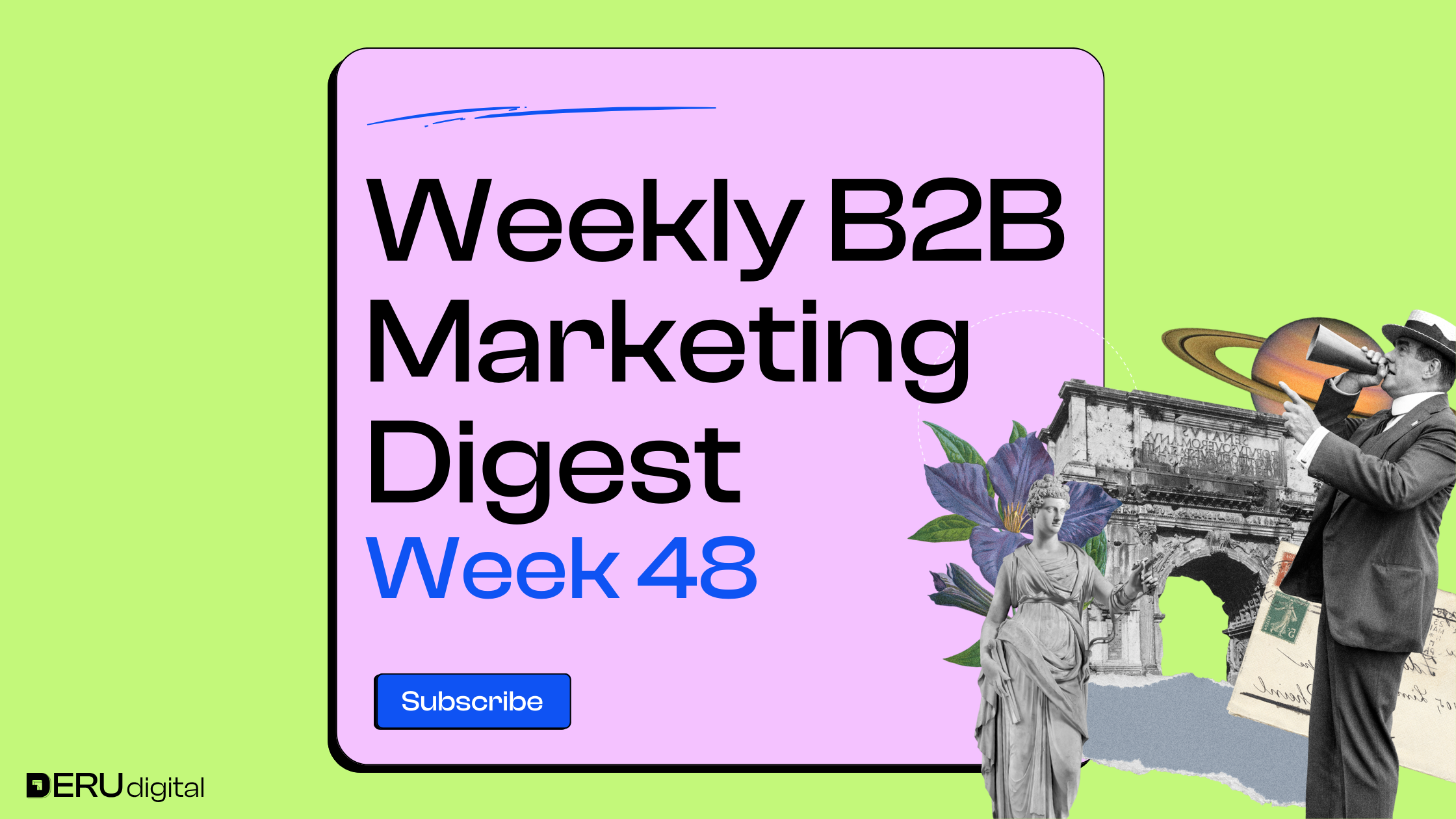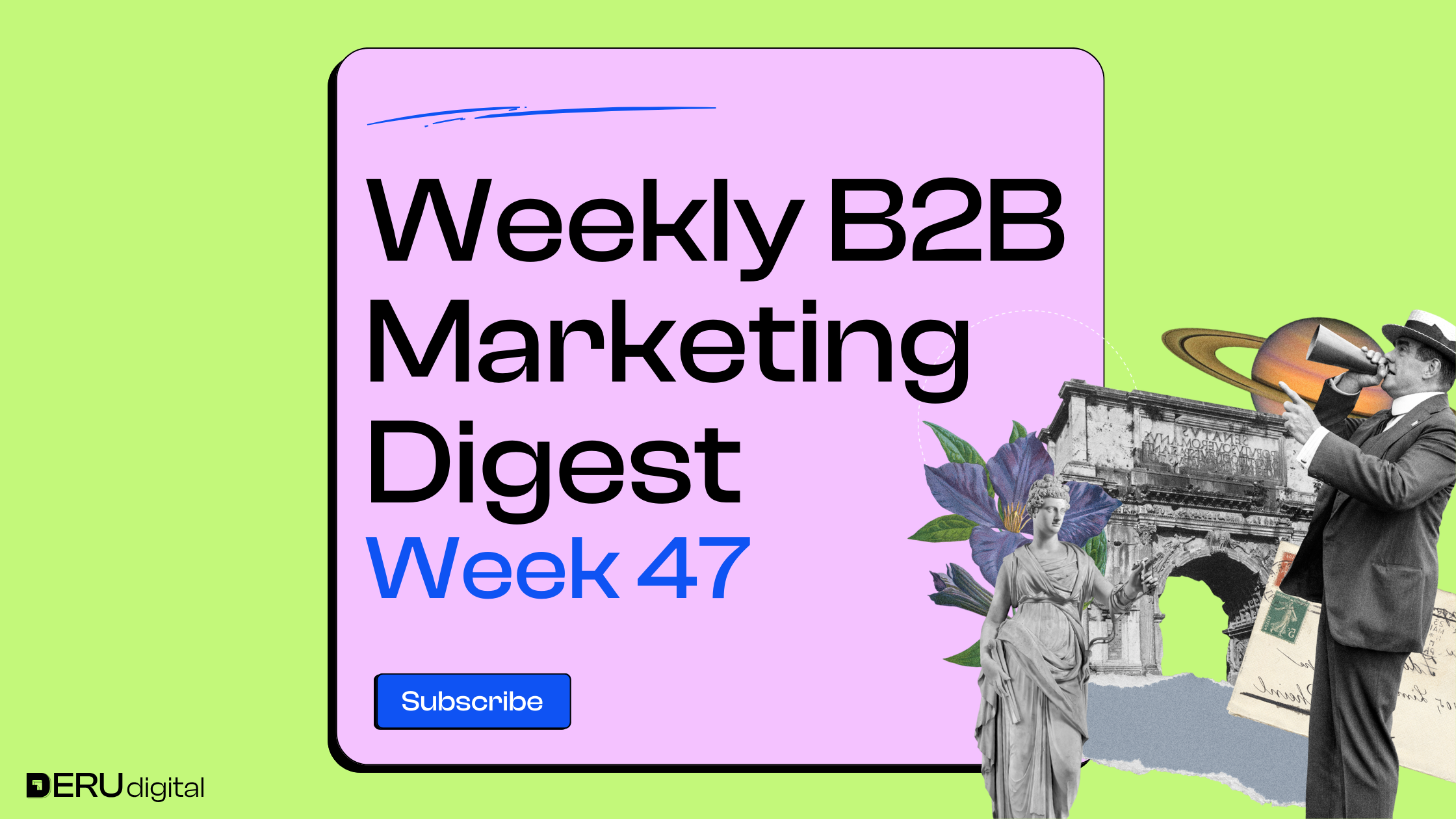Understanding Demand Generation
At its core, demand generation is like the heartbeat of successful modern marketing. It’s all about creating awareness and interest in your products or services to build a strong pipeline of potential customers. Rather than focusing solely on selling, demand generation aims to make your target audience recognize a need, building a relationship that goes beyond offering products and services.
In simpler terms, it’s the art of getting people excited about what you offer, making them see not just what you do but also why they need it. This strategic approach involves various marketing initiatives, from raising awareness to nurturing leads and ultimately driving sales. Demand generation is about being there for your audience at every step of their journey, helping them connect the dots between their challenges and the solutions you provide.
The Human Connection in Demand Generation
It’s crucial to remember the human element. Demand generation isn’t just about algorithms and analytics; it’s about creating genuine connections with your audience. Share authentic stories and showcase the personality behind your brand. After all, people don’t just buy products; they buy into experiences.
Demand Generation vs. Demand Capture
Demand generation and demand capture play significant roles in marketing.
Demand generation is the proactive process of creating awareness and interest in your products or services. It’s about creating demand that may not exist yet, sparking curiosity, and fostering a connection with your target audience. This method involves strategic initiatives such as content marketing, SEO, social media, and other channels to generate a steady stream of leads.
On the other side, demand capture involves targeting individuals who are already in the buying mindset. Unlike demand generation, which creates awareness, demand capture focuses on converting existing demand into actual sales. This approach often utilizes strategies like retargeting, email campaigns, and promotions to seize the attention of potential customers who are ready to make a purchase.
- The 95-5 Rule and Shifting Perspectives
Intriguingly, the widely embraced sales funnel concept is challenged by the 95-5 Rule. According to this rule, 95% of potential buyers are “out-market” initially, only transitioning to the “in-market” stage in the future. This reframing urges marketers to prioritize brand recall even before buyers actively enter the market, reshaping the traditional approach to advertising.
– Investing in Future Success
The strategic pivot proposed by the 95-5 Rule advocates for investing heavily in brand advertising that resonates with the 95% not likely to buy today. Why? Because these “out-market” buyers represent the future cash flows crucial for sustained business growth. This forward-thinking approach positions your brand to be at the front of buyers’ minds when they eventually become “in-market.”



